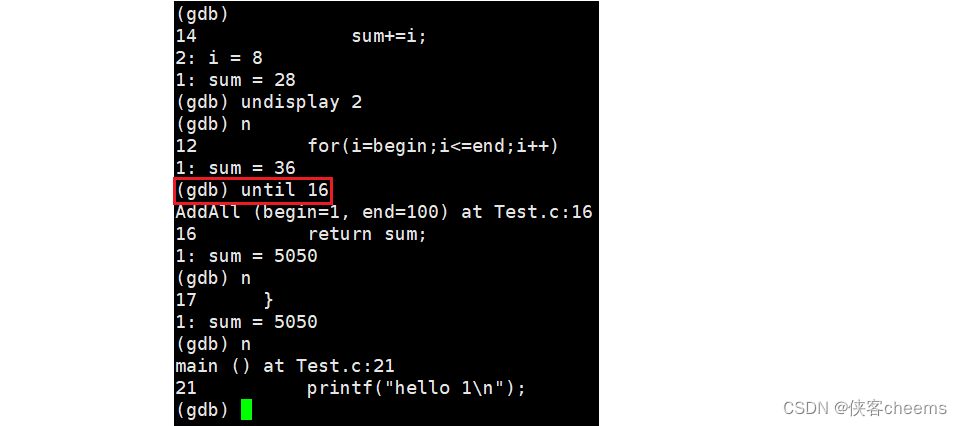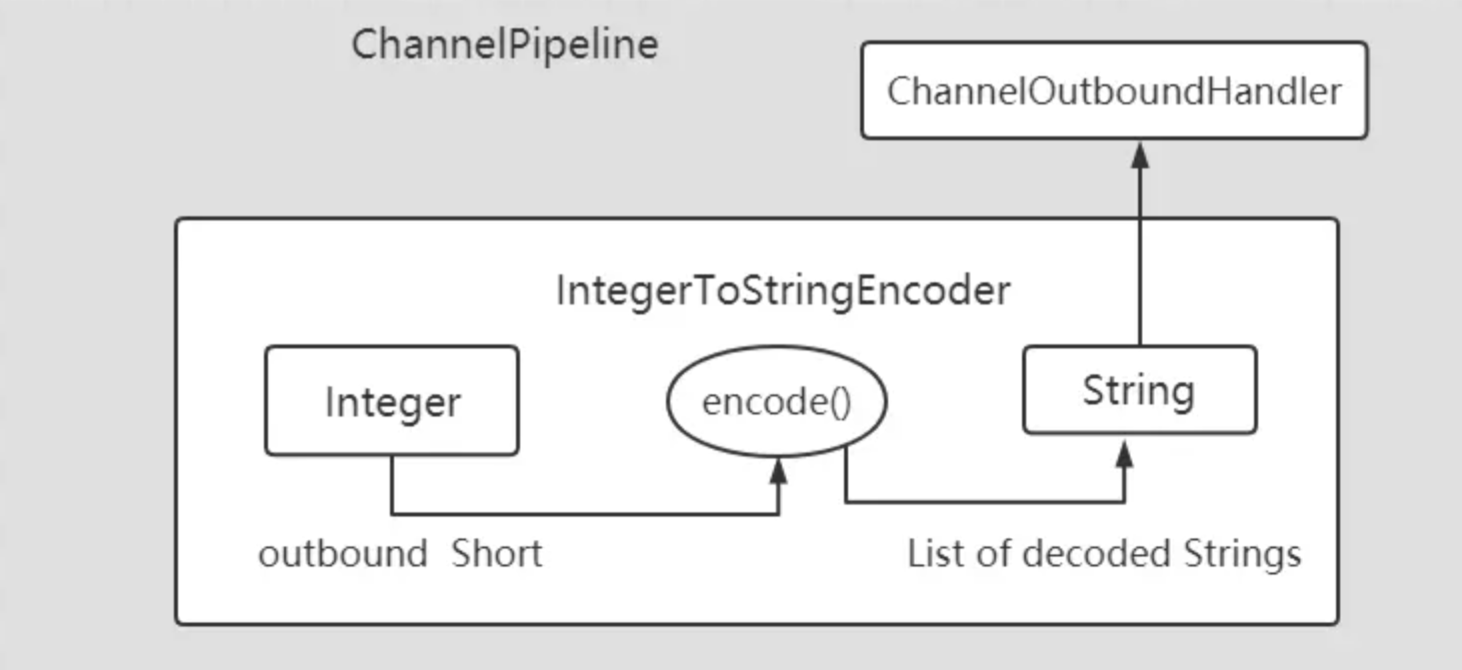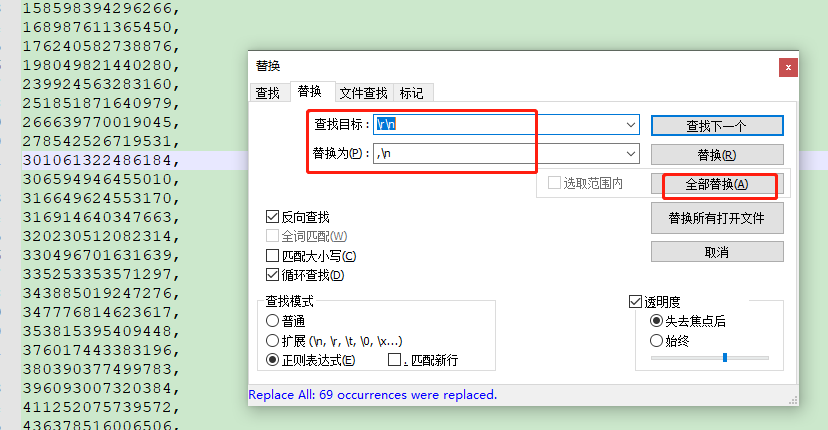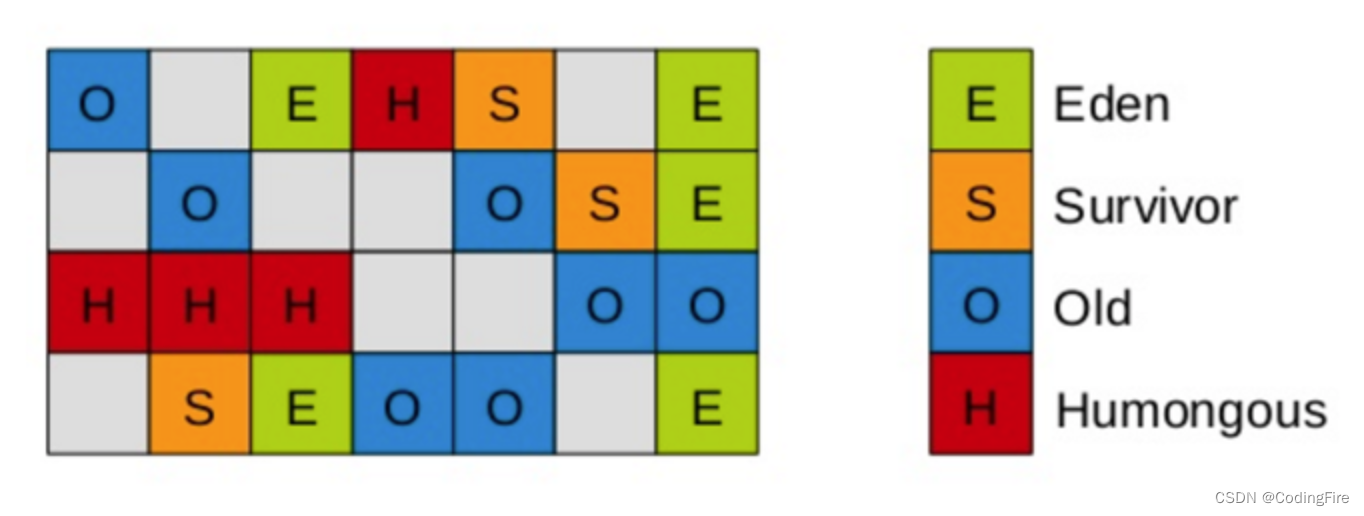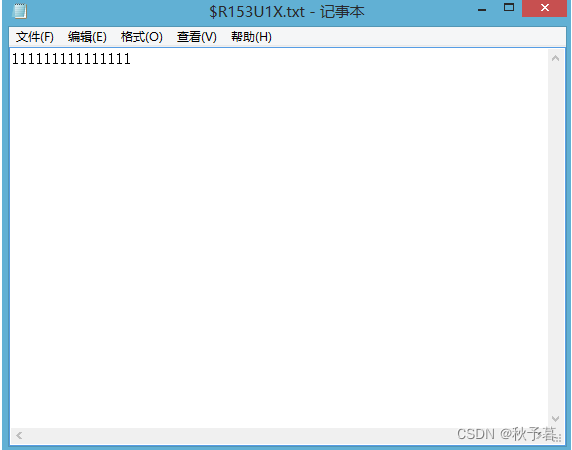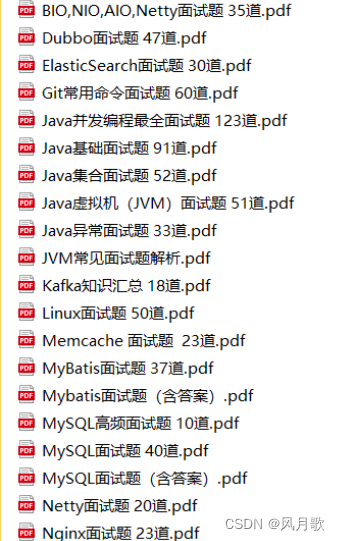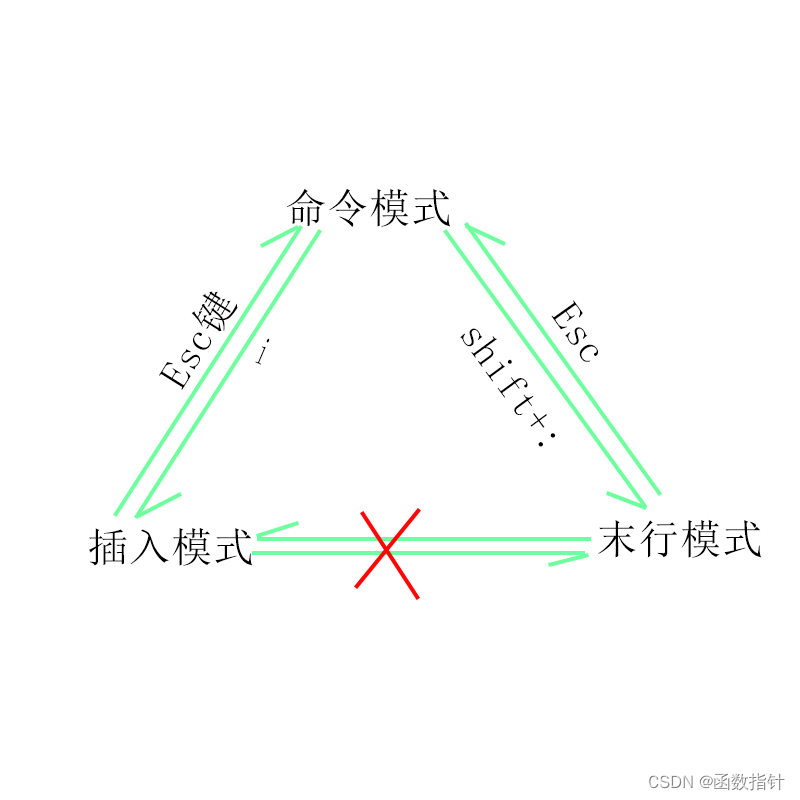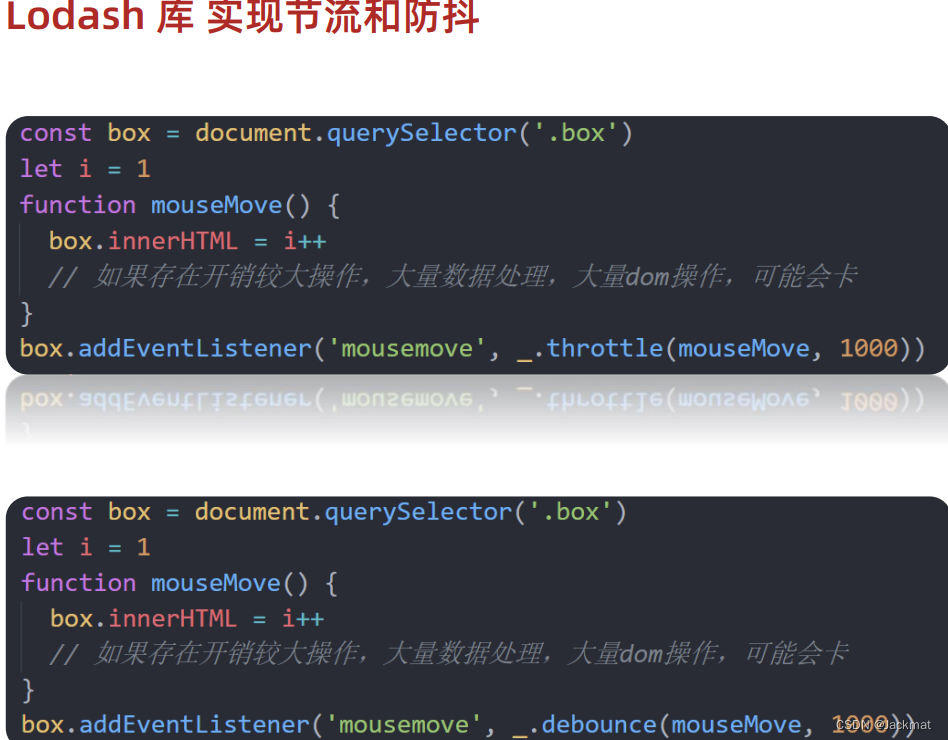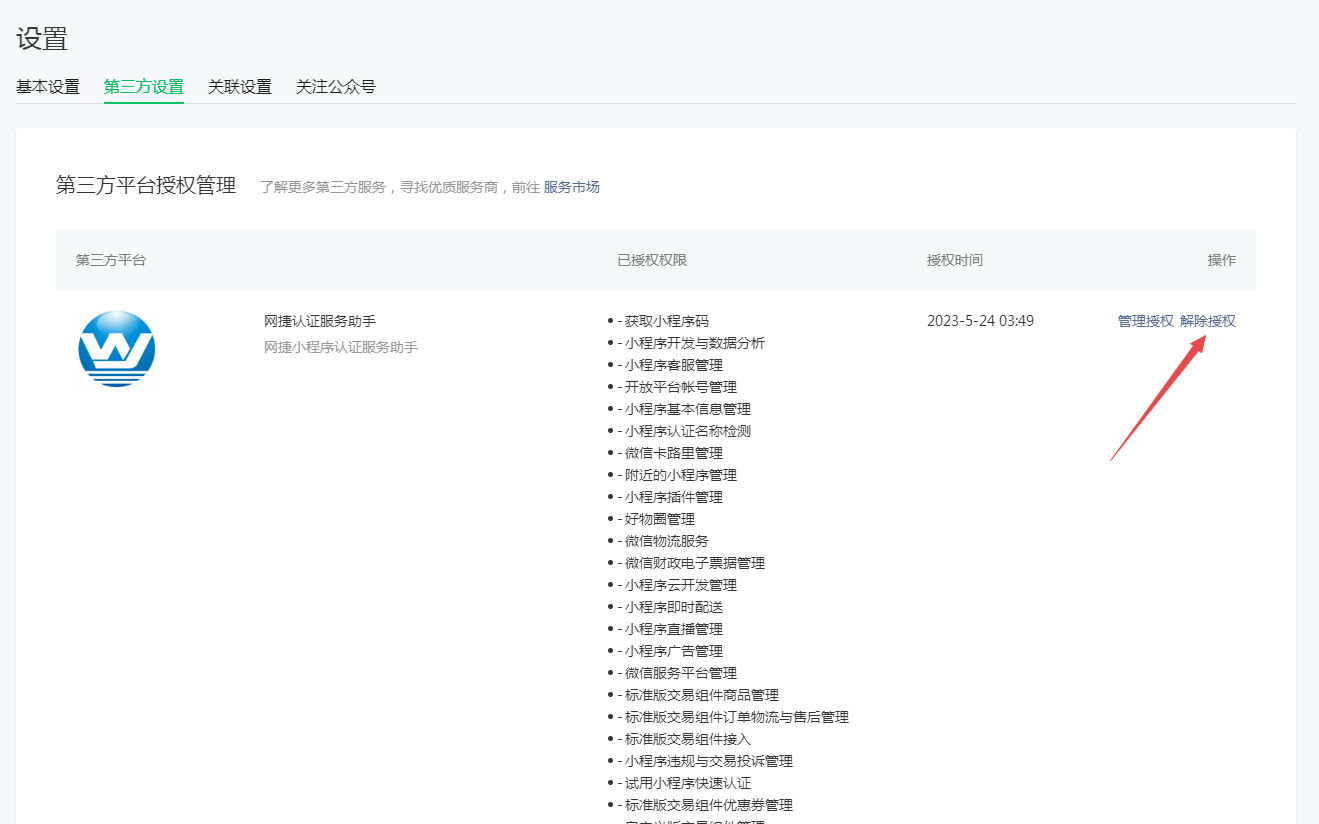文章目录
- 1. 基本类型包装类
- 2. Integer类
- 3. 自动拆箱和自动装箱
- 4. int和String类型的相互转换

1. 基本类型包装类
-
基本类型包装类的作用
- 将基本数据类型封装成对象的好处在于可以在对象中定义更多的功能方法操作该数据常用的操作之一:用于基本数据类型与字符串之间的转换
-
基本类型对应的包装类

2. Integer类
-
Integer类概述
- 包装一个对象中的原始类型 int 的值
-
Integer类构造方法

-
示例代码
public class IntegerDemo {
public static void main(String[] args) {
//public Integer(int value):根据 int 值创建 Integer 对象(过时)
Integer i1 = new Integer(100);
System.out.println(i1);
//public Integer(String s):根据 String 值创建 Integer 对象(过时)
Integer i2 = new Integer("100");
// Integer i2 = new Integer("abc"); //NumberFormatException
System.out.println(i2);
System.out.println("--------");
//public static Integer valueOf(int i):返回表示指定的 int 值的 Integer实例
Integer i3 = Integer.valueOf(100);
System.out.println(i3);
//public static Integer valueOf(String s):返回一个保存指定值的Integer对象 String
Integer i4 = Integer.valueOf("100");
System.out.println(i4);
}
}
3. 自动拆箱和自动装箱
- 自动装箱
- 把基本数据类型转换为对应的包装类类型
- 自动拆箱
- 把包装类类型转换为对应的基本数据类型
- 示例代码
Integer i = 100; // 自动装箱
i += 200; // i = i + 200; i + 200 自动拆箱;i = i + 200; 是自动装箱
注意:有可能将null赋值给Integer,所以加个判断是必要的。
4. int和String类型的相互转换
- int转换为String
-
转换方式
- 方式一:直接在数字后加一个空字符串
- 方式二:通过String类静态方法valueOf()
-
示例代码
public static void main(String[] args) { //int --- String int number = 100; //方式1 String s1 = number + ""; System.out.println(s1); //方式2 //public static String valueOf(int i) String s2 = String.valueOf(number); System.out.println(s2); System.out.println("--------"); } -
- String转换为int
- 转换方式
- 方式一:先将字符串数字转成Integer,再调用valueOf()方法
- 方式二:通过Integer静态方法parseInt()进行转换
- 示例代码
public static void main(String[] args) { //String --- int String s = "100"; //方式1:String --- Integer --- int Integer i = Integer.valueOf(s); //public int intValue() int x = i.intValue(); System.out.println(x); //方式2 //public static int parseInt(String s) int y = Integer.parseInt(s); System.out.println(y); } - 转换方式







